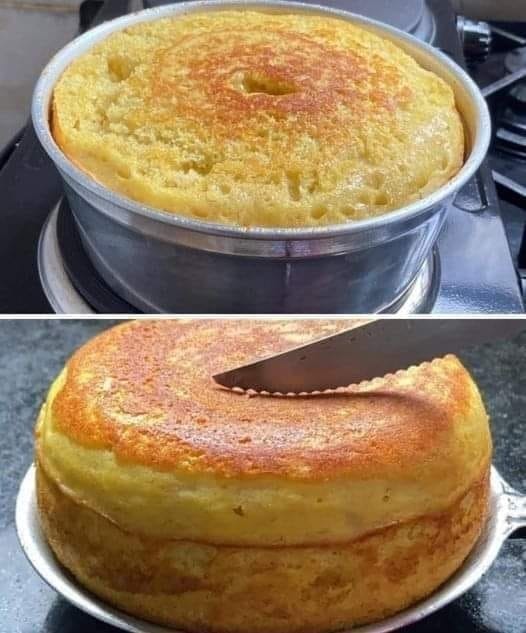ADVERTISEMENT
The roots of the éponge cake may be traced back to the European Renaissance, and its history is extensive and rich.
It is believed that the first sponge cakes were made in Italy, where they were called “pan di Spagna” or “pain espagnol.”
The original génoise recipes were most likely passed down from the Maures in Spain and eventually made way to England and France.
During the Victorine era, the éponge cake became a popular dessert in England, often served with afternoon tea.
The cake was easy enough for novice bakers to make due to the simplicity of the ingredients – eggs, sugar, flour, and sometimes a little butter.
THE PUBLIC
Over time, the recipe underwent evolution, with variations like as the éponge Victoria (named for the queen) becoming iconic British sweets.
From the delicate Japanese gâteau castella to the rich and feuilleté Italian tiramisu, today’s éponge is enjoyed all over the world in a variety of forms.
Its versatility and lightness make it a perfect canvas for all kinds of flavors, garnishes, and garnitures, making it an indispensable ingredient in many dessert repertoires.
Preparation and ingredients
You will need the following ingredients to make a classic biscuit:
THE PUBLIC
Eggs: the main ingredient that lifts the cake off the pan, the eggs give it structure and hold. Ils doivent être laissés à la température naturelle pour obtenir les meilleurs résultats.
Les oeufs sont battus avec du sucre granulé pour faire une mousse stable et sucrer le gâteau.
Depending on the desired texture, you may use either all-purpose flour or cake flour: farine. A lighter and more delicate farine will be produced using the cake mix.
Beurre (facultatif): Le beurre fondu enrichit le gâteau, mais peut être éliminé pour une cuisine moins riche.
Add vanilla flavoring to the cake using vanilla extract. Other extracts, such amandine or lemon, are also available for your experimentation.
Salt: The overall flavor of the cake is enhanced with a pinch of salt.
Making a traditional éponge cake step by step
Start by preheating your flat iron to 175 °C (350 °F). Grease and cover the bottom of a 20 cm (8 po) round cake pan made of sulfurized paper.
Masquez les pâtes: Blend the eggs and sugar together in a large bowl using an electric mixer or a hand-held blender. Continue beating at a high speed for about 5 to 7 minutes, or until the mixture is thick, pale, and has tripled in volume. Incorporating air into the dough at this stage is vital as it will help the cake in rising.
THE PUBLIC
Cook the farine: Cook the farine and salt together. With a spatula, gradually add the flour mixture to the egg mixture, being careful not to scorch the dough. Incorporate the browned butter with the vanilla extract at this stage if you’re using it.
ADVERTISEMENT
